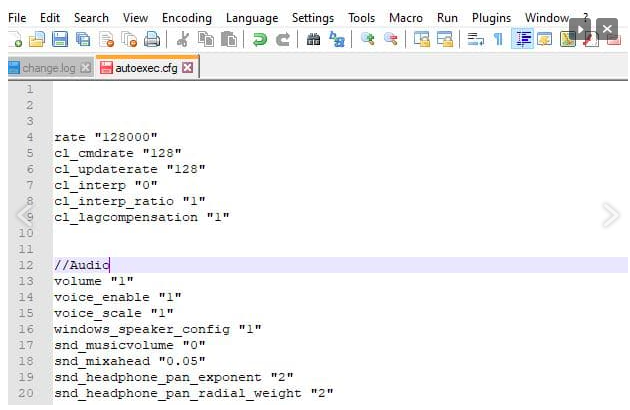

#How to make an autoexec how to
Libname dwlib ODBC datasrc=PROD_DTA schema=DBO user=Sasread PASSWORD="T8teQzIkMq=" access=readonly įor more information about how to create and use autoexec files, see the SAS® 9.4 Companion for Windows or SAS® 9.4 Companion for UNIX Environments. Mautosource sasautos=('!SASROOT\sasautos', "&saspath\SASMacro", "&projpath\code")

%let saspath = D:\SAS\Lev1\SASApp\SASEnvironment Autoexec files are routinely used to set up SAS data and format libraries, macro variables, SAS system options, etc. The first step is to prepare the code for your autoexec file. You can even combine both autoexecs, user-specific and project-specific, to get the best of each – access to the common project resources and yet have some convenience of your own personal environment, for concept testing, for example. Just don’t forget to remove your user-specific autoexec when you release your project back to the team. However, if you work on a larger project as a team member and want to set up a common environment across the project then project-specific autoexec is the way to go. If you are a SAS developer working solo on a proof of concept, you would definitely want a user-specific autoexec. They prove to be very handy whether you’re using SAS in either an interactive mode or in a batch mode.Ĭompared to the classical SAS programming, where the autoexec file executes on a startup of a SAS session, SAS Enterprise Guide provides more flexibility in determining when the code is run. You can customize the autoexec start-up sequence in SAS Enterprise Guide by using either user-specific autoexec or project-specific autoexec, or both. Autoexec files can help SAS developers eliminate many routine actions and repetitive tasks such as assigning libraries and SAS options, particularly when these routine actions set up an environment that is used from project to project and from program to program. Handpicked Related Content: Creating reports in style with SAS Enterprise GuideĪn autoexec file generally contains a mini SAS program that is run when the SAS System starts up. It turned out that many of their questions can be answered with a single feature called an autoexec, or automatically executable file. This guide shows you how you can enable and open the TF2 developer console to use commands.As I was preparing for a customer introduction to using SAS Enterprise Guide, I asked them to send me all the questions they had regarding the Enterprise Guide usage. If you want to read more about TF2 we suggest reading the guides listed below. Click “SET LAUNCH OPTIONS” and enter this: -exec autoexecĬongratulations, so that was how to create an autoexec.cfg in TF2. When the file has been saved you need to go into the TF2 properties again, like shown above, but this time instead of going to “LOCAL FILES” you should navigate to “GENERAL” if you are not already there. The name of the file should be “autoexec.cfg” and as “Filetype” you need to have as “All files”. Once you are done editing the file you need to click “File” and then “Save as”. Rest of b4nny's config can be found here: You can now create a new file by right clicking and clicking new text document. This is the folder where your autoexec file needs to be located. Once you’ve click that you need to go inside of the “tf” folder and inside of that “cfg”.


Right click on Team Fortress 2, click “PROPERTIES” and then click on “LOCAL FILES” at the top and lastly “BROWSE LOCAL FILES”. How do I create an autoexec.cfg file?įirst off you need to head on over to your Steam library and find TF2. If you want to learn how to create an autoexec.cfg for TF2, continue reading. Inside this file you can have custom settings like keybindings or commands which optimizes TF2 giving you more FPS. What this file essentially does is that it automatically configures TF2 when it’s booted up. What is autoexec.cfg?Īutoexec.cfg is a config file which is saved within the TF2 files. TF2 How To Create Autoexec.cfg, a video tutorial by tf2guides.


 0 kommentar(er)
0 kommentar(er)
